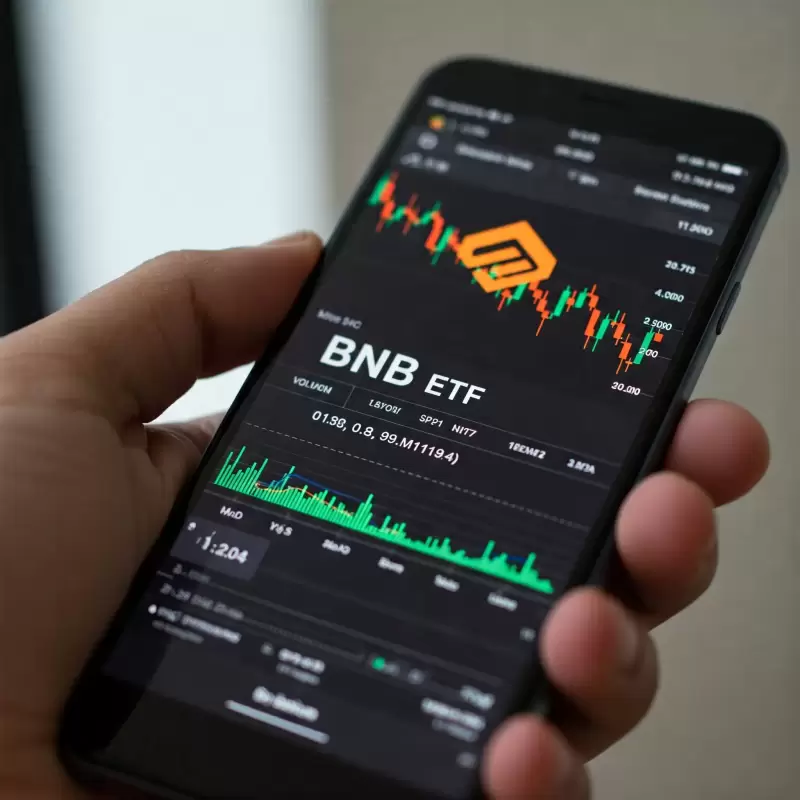ial markets have been shaken as both U.S. and European stock markets suffered significant declines following the recent announcement of sweeping tariffs.

Global financial markets have been shaken as both U.S. and European stock markets suffered significant declines following the recent announcement of sweeping tariffs. Investors, grappling with uncertainty, are shifting their focus to safer assets, primarily gold and the Japanese yen, as economic fears intensify.
The recent tariff announcement, including a baseline 10% duty on all imports and specific levies on goods from Europe, China, and Japan, has triggered panic among investors. European indices such as the Stoxx 600, FTSE 100, and DAX closed significantly lower, while U.S. markets also saw sharp declines, with the S&P 500 and Dow Jones both plunging. Tech and retail stocks were hit particularly hard, and even traditionally stable sectors faced downward pressure.
Cryptocurrencies also faced a downturn, with Bitcoin and Ethereum dropping amid the broader risk-off sentiment. As investors became more cautious, the crypto market’s volatility pushed many to reconsider their portfolios. BTC declined to around $82,000 after almost hitting $88,000.
Safe-Haven Shift: Gold and the Japanese Yen
Amid the chaos, gold emerged as a clear winner. The precious metal has seen a strong rally, crossing the $3,100 per ounce mark, as investors flock to safer assets. This trend aligns with the broader “debasement trade” strategy, where assets like gold are favored to hedge against inflation and economic instability. As global tensions rise, gold’s role as a protective asset becomes more pronounced, attracting both private investors and central banks. Nevertheless, gold’s prices retraced from the recent all time high after the market chaos.
At the same time, the Japanese yen has gained traction despite Japan being hit with a 24% reciprocal tariff rate. The USD/JPY pair has fallen to around 146.69, reflecting strong demand for the yen as a safe-haven currency. Analysts at OCBC noted that bullish momentum on the daily chart has faded, with downside risks increasing. They suggest that the yen’s strength may persist, driven by the Bank of Japan’s policy stance contrasting with the Federal Reserve’s potential rate cuts.
The rapid shift from equities and crypto to safer assets highlights the cautious sentiment dominating the markets. Despite the economic strain on Japan, the yen’s appeal remains due to its safe-haven status. Meanwhile, gold’s surge reflects the growing uncertainty among investors who prefer to safeguard their wealth amid escalating trade tensions.
As the U.S. and European stock markets face ongoing turbulence and crypto remains under pressure, the preference for gold and the yen indicates that market participants are preparing for prolonged economic challenges. The focus will remain on how long this flight to safety continues and whether economic indicators support a recovery in riskier assets.




















































































